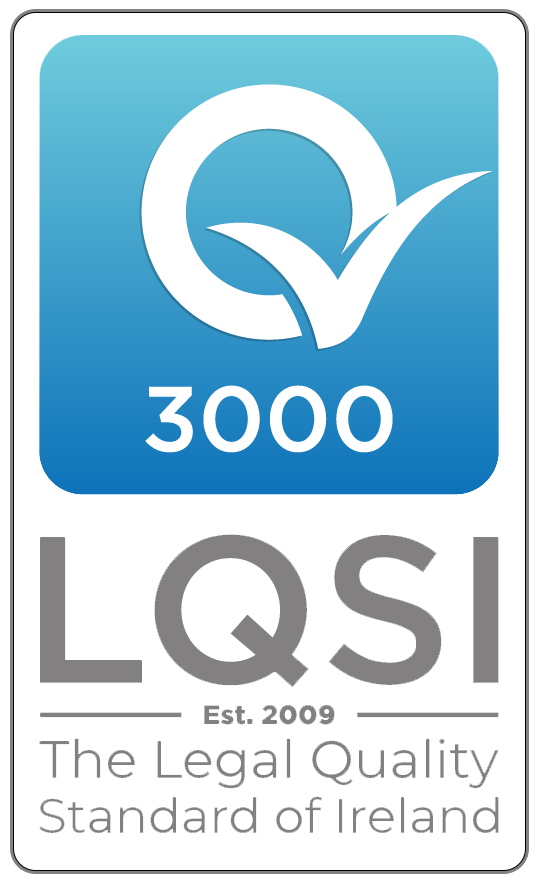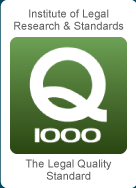US Health Authorities have delayed issuing sun screen rules again. The move has been criticised by many consumer campaigners who feel the US Government has caved in to industry requests for more time to clarify exactly how much protection their sun screen lotions provide.
The US FDA directed manufacturers to make changes to their sun screens in July 2011. They allowed the industry a year to put revised products on store shelves. The changes are meant to differentiate which products protect consumers from both ultraviolet B (UVB) and A(UVA) rays. UVB causes sunburn while UVA penetrates deeper and is linked to skin cancer and skin aging. Products can no longer make ‘water-proof and sweat-proof’ claims and can only be described as water or sweat resistant, which is meant to alert consumers to the need for frequent re-application.
Sunscreen manufacturers told the US Government that they were unable to make the deadline and the FDA responded by allowing them another six months until December to make the changes.
The new labelling’s will allow sun screen labelled as both broad spectrum and SPF 15(or higher) to state that, when used regularly, as directed and in combination with other sun protection measures they will help prevent sun burn, reduce the risk of skin cancer and reduce the risk of early skin aging. In other words products with SPF values between 2 and 14 may be labelled as broad spectrum if they pass the required test. Only products that are labelled both a broad spectrum with SPF values of 15 or higher may state that they reduce the risk of skin cancer and early skin aging when used as directed.
Any product that is not broad spectrum will be required to have a warning stating that the product has not been shown to help
Personal Injury and Medical Negligence Legal Experts
ABOUT
Moloney Solicitors are based in Naas, Co Kildare. We help injured people recover compensation for personal injuries * due to work related accidents*, road traffic accidents*, accidents in public and private places and injuries* sustained through medical negligence *. If you want further information with regard to the law relating to road traffic accidents*, work accidents* or accidents on public property* please feel free to contact our Firm today.
OPERATING FROM OFFICES IN NAAS, CO. KILDARE AND DUBLIN
Disclaimers:
In contentious business, a Solicitor may not calculate fees or other charges as a percentage or a proportion of any award or settlement.
Naas Office
4A North Main Street,
Naas, County Kildare
Phone: 045-898000
FreeFone: 1800-200-249
Fax: 045-898055
Get DirectionsDublin Office
Ormond Building
31-36 Upper Ormond Quay,
Dublin 7.
Phone: 01 8717577
FreeFone: 1800-200-249
Get Directions





